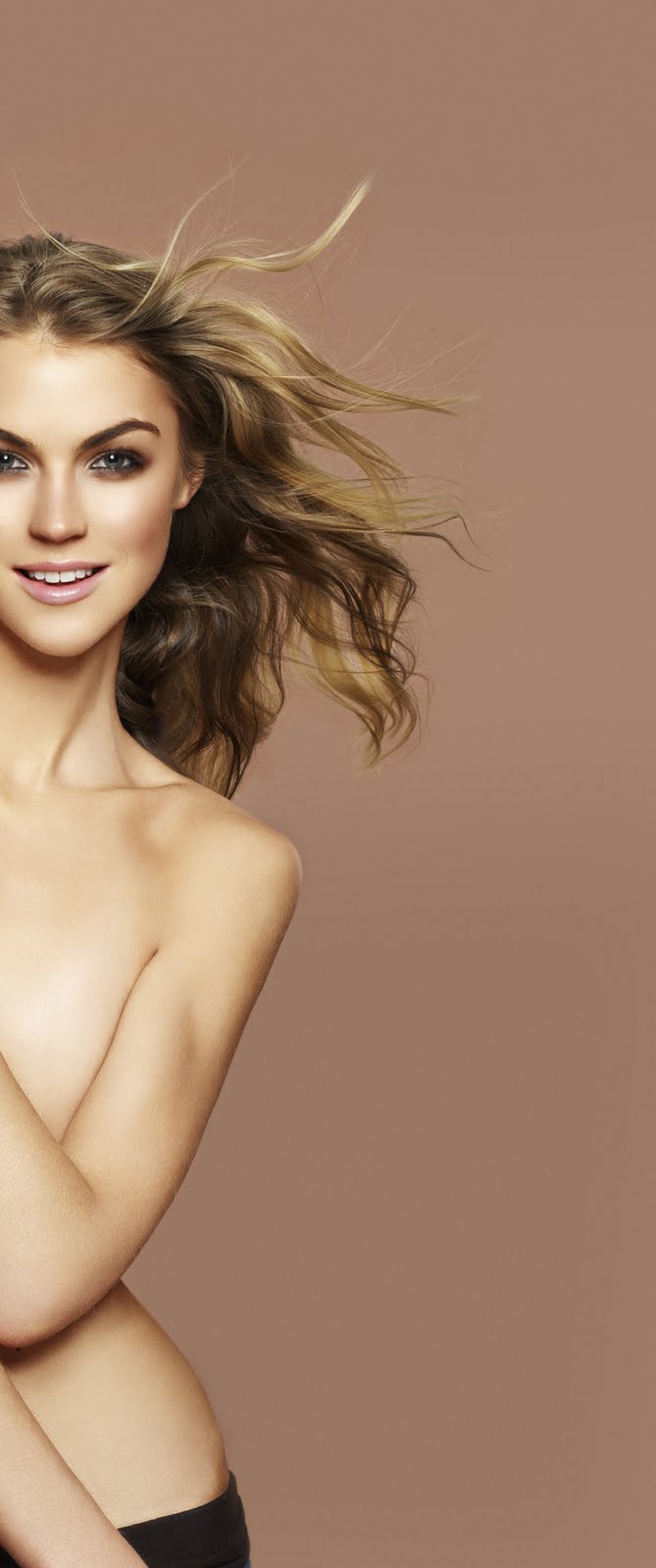Functions
Delete Anchor Point tool : Click on anchor point to remove from path.
Keyboard Shortcuts
The Cursors
 Prepared to begin path
Prepared to begin path while midway through creating or editing a path
while midway through creating or editing a path When mouse is pressed
When mouse is pressed Add an anchor point to path
Add an anchor point to path Remove anchor point from path
Remove anchor point from path When hovered over begin point of path; to close path
When hovered over begin point of path; to close path When hovered over endpoint of existing path; to continue path, or (if path is active) to edit that point
When hovered over endpoint of existing path; to continue path, or (if path is active) to edit that point Prepared to convert existing anchor point
Prepared to convert existing anchor point Freehand Pen Tool
Freehand Pen Tool Magnetic Freehand Pen Tool
Magnetic Freehand Pen Tool Direct Selection Tool; Pen Tool with Command pressed
Direct Selection Tool; Pen Tool with Command pressed Path Selection Tool; Pen Tool with Command + Alt pressed
Path Selection Tool; Pen Tool with Command + Alt pressed When hovered over canvas with Ctrl pressed; prepared for options menu
When hovered over canvas with Ctrl pressed; prepared for options menu
Secondary Mouse Controls (with path selected and Auto Add/Delete checked)
- Pen tool hover over anchor point : changes to Delete anchor point tool
- Pen tool hover over path segment : changes to Add anchor point tool
Keyboard Controls
- Hold Ctrl and click on canvas. Opens up an options menu.
- Hold Shift to constrain movements to 45°, 90°, 135° or 180° while creating or editing anchor points and handles.
- Select anchor point with Direct selection tool and click Delete. Anchor and adjoining path segments are deleted leaving two paths.
- Pen tool + Option (Alt): changes to Convert anchor point tool.
- Pen tool + Option (Alt) while editing bezier curve: splits curve (unhinges handles).
- Pen tool + Command whilst creating path: changes to Direct Selection tool allowing repositioning of previously drawn anchor points.
Options
Other Shortcuts and Tips
- (With path selected) Spacebar to give you access to the Hand tool. Move your screen without deselecting the path or changing tools.
- Go to View > Snap To > Grid to allow precise creation of curves with the Pen Tool.
- Drag handles from the first anchor point when beginning a curved path.
- Drag your handles around just one third of the curve youre creating for a smooth path.
























6 comments:
thanks admin,
Clipping Paths are used to outline objects from the background of an image.
You can use a clipping path service to have parts of an image made transparent,
while are parts are made opaque. This process is usually employed to hide the
background of an image, but it is not limited to that alone.
www.clippingpathservice.com
Wonderful Tutorial, thanks for putting this together! This is obviously one great post. Thanks for the valuable information. See more: background removal service
Wow, very nice step by step demonstration of Photoshop Pen Tool Guide. It is quite easy to follow. I'm also working with different clipping path platform for editing my images. However, your tutorial will help in my work as well. Very good initiative. Please keep sharing more. I'm waiting for your next tutorial.…product-retouching-service
It's a great pleasure reading your post. It's full of information I am looking for and I love to post the content of your post is awesome" Great work. that The Comment Here.
Smooth Skin in Photoshop
Background Removal Services Tips
Car Photography Tips
Nice Tutorial about the clipping path service. Thanks for sharing with us...
Wow this is great, we know using pen tool for is essential to remove background you need to know how to use pen tool properly. Thank you for sharing.
Post a Comment